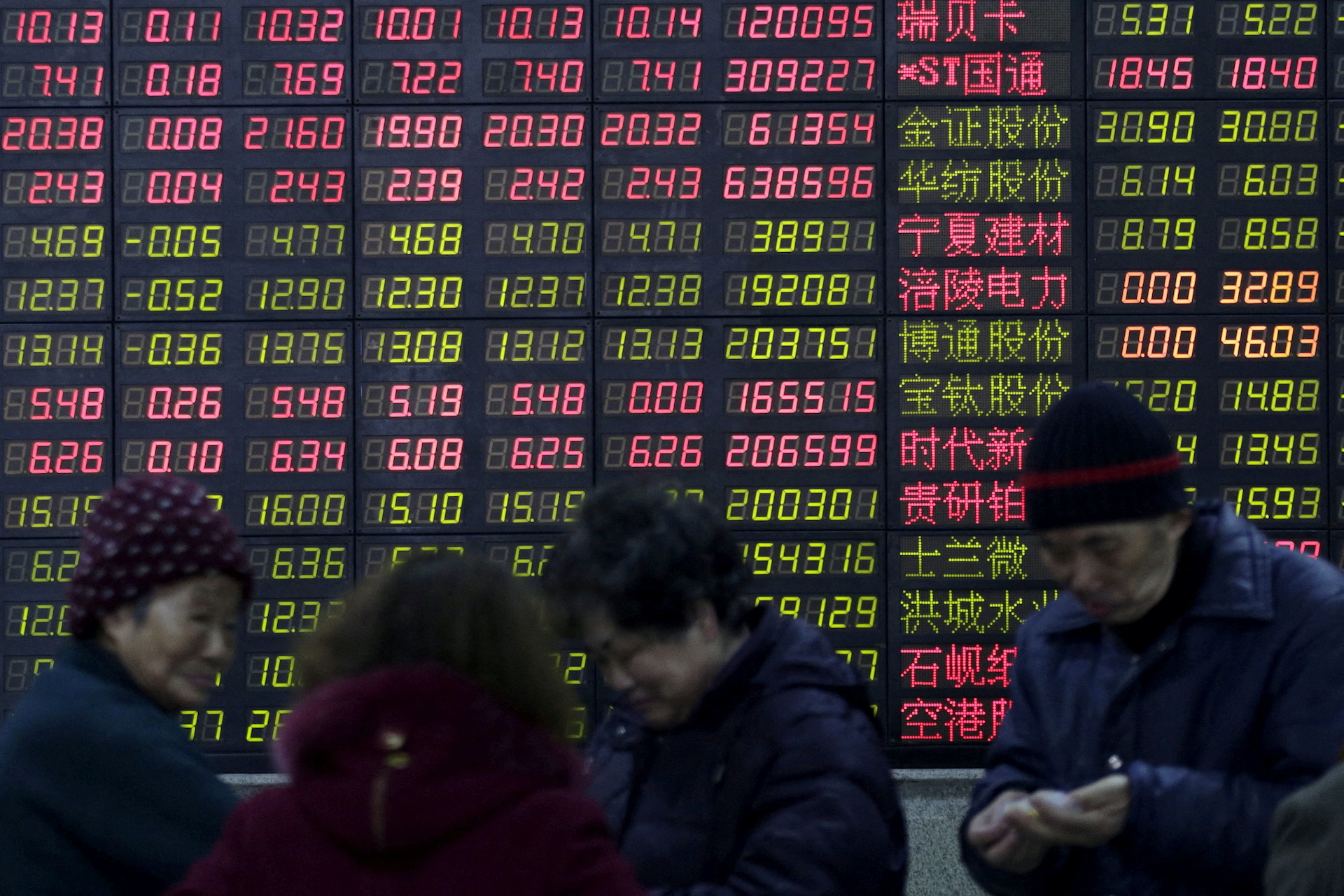Buy the China stock market, not Chinese stocks
Are Chinese markets investable? The answer is very much yes, if you know what you are doing, according to Gerard DeBenedetto, who begins a new weekly column on Chinese stocks — A-Share Intelligence — for The China Project.

A broad combination of individual companies makes a stock market index. The S&P 500 represents the 4,000 publicly traded companies in the U.S. quite well. This is not the case with respect to China, as stocks are traded in Shanghai, Shenzhen, Beijing, Hong Kong, and the U.S. For U.S. investors, there are regulatory roadblocks that limit market access and products, therefore investors must carefully consider how to gain exposure.
U.S. stock market listing requirements are less stringent than those on the mainland and Hong Kong, which led to plenty of early-stage Chinese companies listing in the U.S. Many of these were potentially high growth and technology forward, but not profit generating. Fast-forward 20 years and there are more than 200 of these companies and plenty of ETFs to access them. Conversely, there are almost 7,000 stocks listed on the mainland and Hong Kong, but gaining broad access is not straightforward.
In addition to the multiple jurisdictions, there are practical considerations for foreign investors, including the following:
- Currently, the top securities regulators in China (CSRC) and the U.S. (SEC) are discussing increasing access to audit results for U.S.-listed Chinese companies after the SEC threatened to delist them because their books were not open to U.S. investors. A few of the highest-profile U.S.-listed Chinese firms have already moved, or listed in a second jurisdiction, most notably Hong Kong. Alibaba and Baidu, for example, are listed in Hong Kong and on the Nasdaq. This regulatory discussion has led to massive selloffs as well as small rebounds in several popular stocks traded in the U.S.-listed Chinese names.
- The 200-plus stocks listed in the U.S. could be delisted and end up on Chinese exchanges, or agree to appropriate oversight. Until that time, these stocks will not trade on fundamentals, whereas the large-cap indexes in China will.
- The Hong Kong and mainland market indices trade at a price earnings (p/e) ratio of 11.49 and 15.5, respectively. The large-cap names traded in the U.S. have an average p/e of 30, and several of the largest names, such as Meituan and Kuaishou, are not profitable, implying an infinite p/e multiple.
Where to invest?
The broad market index on the mainland is the CSI300, which counts the largest companies traded in Shanghai and Shenzhen. These include massive state-run enterprises in financial services, industrials, consumer products, and others. These large-cap companies are profit producing, cheap from a valuation perspective, and are less likely to get caught in between the two largest securities regulators. U.S. investors can purchase the ETF known as ASHR for this exposure.
For broad Hong Kong access, investors can grab EWH, which is an excellent proxy for the overall market, where financial services companies and real estate developers carry the largest weights.
A-Share Intelligence is a weekly column.






